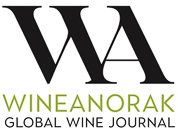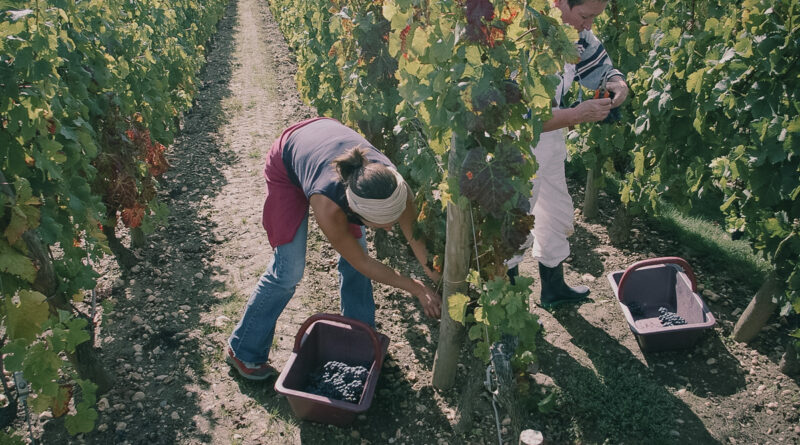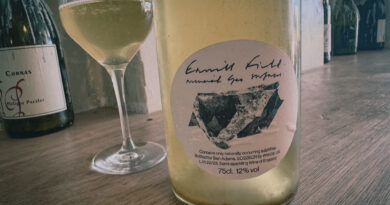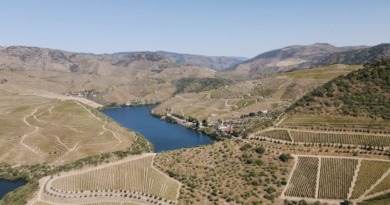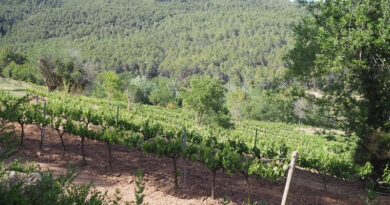What are we to make of Lafleur’s decision to leave the Pomerol and Bordeaux appellations? (Updated)
What are we to make of the hot news from Bordeaux that Société Civile du Château Lafleur (who make six wines from vineyards in two Bordeaux appellations) are to leave appellations (Pomerol and Bordeaux) and from 2025 be labelled as Vin de France?
[Picture above: harvest at Château Lafleur, Pomerol, September 2007.]
On Sunday 24th August 2025 the Guinaudeau family sent out a letter informing the world of this decision, which has sent shockwaves around the wine world, and has prompted a lot of speculation.
It’s a big deal because Château Lafleur is a top Pomerol estate, and no Château of this importance has left its appellation behind, reverting not to AOP Bordeaux, but going further all the way to Vin de France.
Normally this sort of declassification happens in the natural wine world. Or when an established producer gets turned down by the appellation panel taste test because their wines are considered atypical. I can’t think of anyone in Bordeaux who has actually chosen to leave their appellation before, with the exception of Loic Pasquet who has deliberately positioned his Liber Pater as an anti-Bordeaux-appellation wine.
In Lafleur’s case, the reason given is because of the need to adapt to the significant challenges of climate chaos. Their view is that it’s not possible to carry on as normal in the light of some of the recent vintages and then hope that the wines will stay the same. Carrying on in the same way will result in a change in wine style.
To keep the same varieties (and there’s no evidence that Lafleur are interested in changing their varieties, because they are so strongly committed to Cabernet Franc, in particular) then there have to be changes in viticulture in response to a changing climate.
Of course, planting varieties with a longer cycle and better drought resistance would be one option, but this takes a while to do, no one is sure of which varieties to use, and it is likely to change fundamentally the style of wines. [On the other hand, Bordeaux is better placed than many other regions to bring in new varieties because the red wines aren’t labelled by variety, but are blends.]
When you make wines as good as those of Lafleur, it’s not a change of style that is desirable, but rather access to a viticultural toolkit of solutions that could help deal with very hot, very dry vintages.
This could involve structural changes in the vineyard – moving to wider spacing, using bush vines, or allowing a single wire umbrella sprawl of the canopy, so as to provide the fruit with dappled shade rather than full sun.
More likely, it’s greater freedom to use irrigation as a viticultural tool, where needed. Curently, the appellation laws will allow it, but you have to give notice and wait for permission. It’s unnecessary paperwork, and it doesn’t allow you to move as fast as you might need to if a heat wave is coming.
Allied to the use of irrigation is installing misting systems. In extreme heat, the canopy is doused with a fine mist, bringing temperatures down much quicker than irrigation can. These systems aren’t cheap, but neither are top Pomerol wines. There’s budget for this sort of intervention that can help preserve quality. Misting is already being used in California.
Another useful tool is shade netting, especially if row orientation is north to south. It would go on the west side, protecting from the stronger afternoon sun.
Finally, climate change can also result in earlier budding, and thus bring the growing season into the frost zone. There are range of effective protective measures to frost, but not all are permitted by appellation rules.
Whatever the actual reason that has led the Guinaudeau family to take this step, it must have been a strong one. Perhaps this was a result of frustration than official appellation bodies aren’t responding fast enough to the challenge of climate chaos. This will likely put some strain on their neighbours in the various appellations their properties are located in. But it will certainly have got a lot of people talking about them.
Already, Loic Pasquet of Liber Pater, who famously makes Bordeaux’ most expensive wine, has commented, on his facebook page. ‘Leaving the AOCs was a pragmatic decision I took 10 years ago to be able to move forward in the business,’ he says.
‘The AOC pyramidal system in Bordeaux signed its death warrant a long time ago, but in August 2025 it was executed… Many other château will follow now.’
Added on 29 August
A few days after the first letter, there has been a second release by Lafleur, explaining their reasons.
They outline just how difficult the 2025 vintage has been in terms of drought. March saw a water deficit, and April rains didn’t replenish the soils. In Juner, water stress set in and there were a series of heatwaves.
In response, they reduced canopy height by a third and encouraged lateral growth to shade the fruit. And from mid-June they watered the vines, aiming to go down to the roots at 15 cm depth. And with these measures they just about got away with it.
Their feeling is that this will become the new norm, and thinking ahead they want to adapt to climate change by using measures the AOC won’t allow. They want to plant at lower densities adapted to the water reserves of each soil type, going below the allowed 5000 vines per hectare. They want to be able to cover soils, for example by mulching. They want to be able to use canopy shading (shade cloths). And they want to reduce the canopy height significantly. They also say that with irrigation, there is no doubt that it is needed. But there need to be rules so that no one is using public drinking water for this, which has been done by some in the past.
This is why they have had to step outside the AOC framework. If I was AOC Pomerol, I’d be getting a meeting together, change the rules to allow all this, and invite Lafleur back in by the end of next week.
